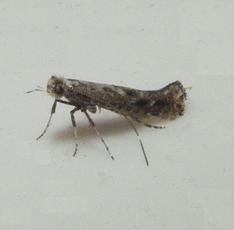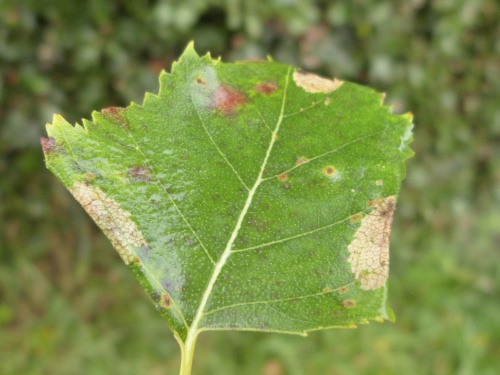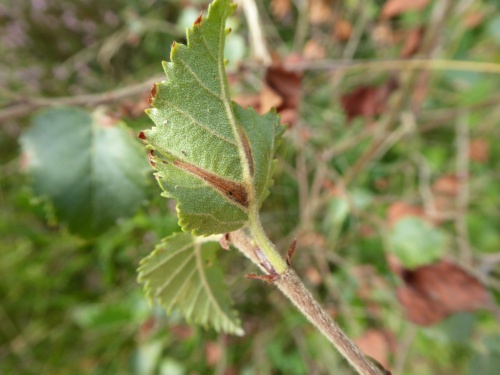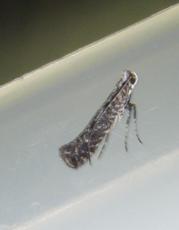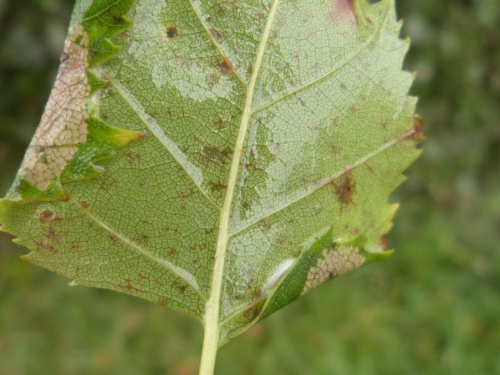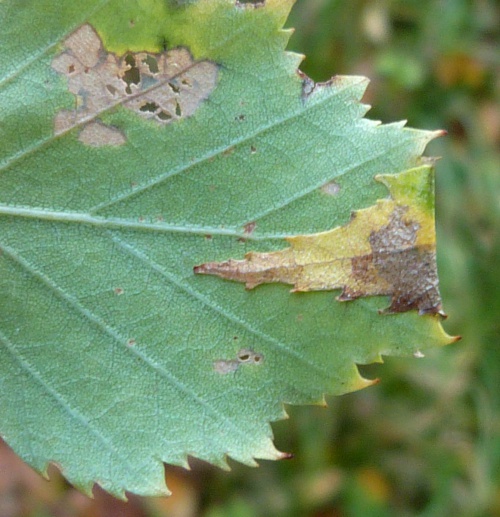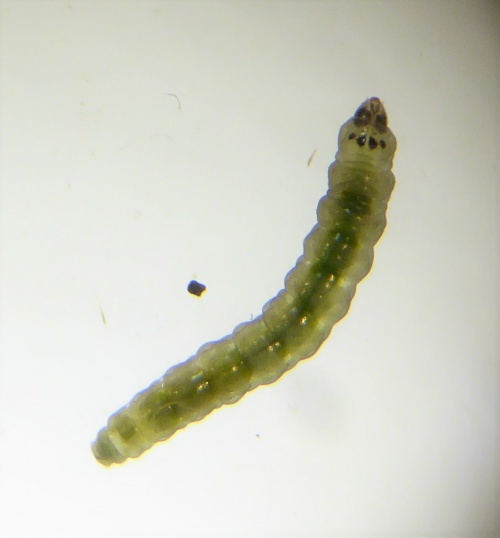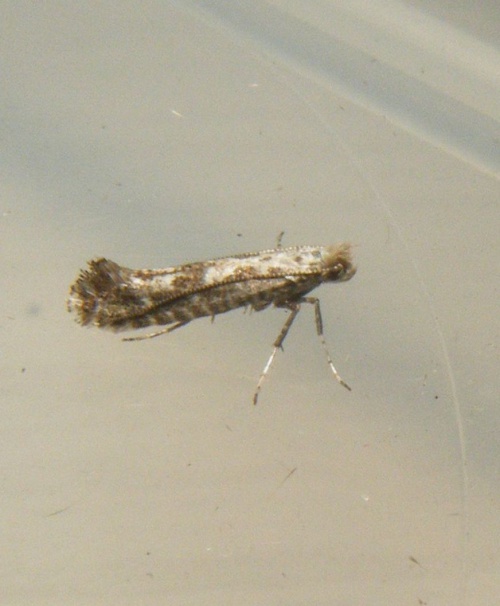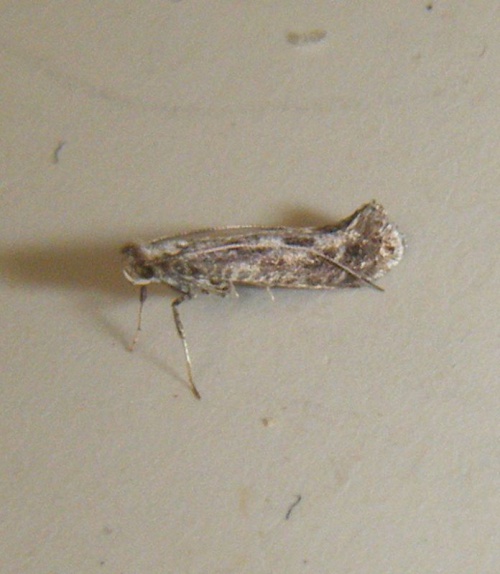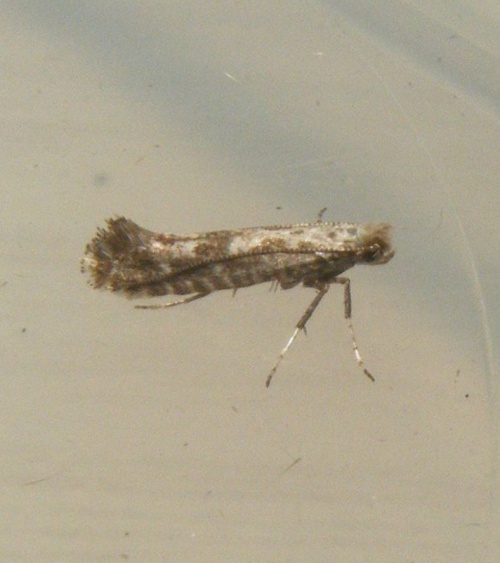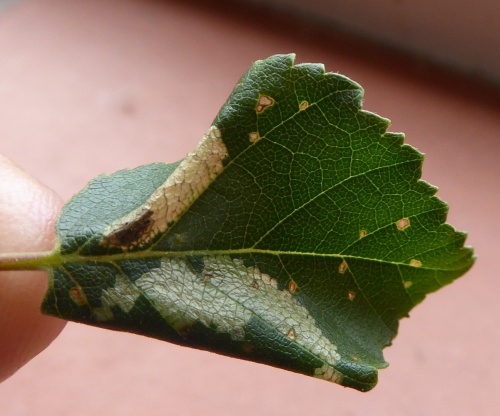Parornix betulae
Brown Birch Slender
Wingspan 9 to10 mm. It cannot be separated from other Parornix species without dissection.
Heaths and open woodland.
The adults fly in May and August.
The larvae of this species initially create gallery mines in the lower epidermis of birch leaves, leading to a Phyllonorycter-type mine, but discoloured brown. The larvae later feed within downward folds, usually at the tip of the leaf, pupating in this site or on the ground. The mines can be found in June and again in September to October and are commonest on birch seedlings.
Widespread and fairly frequent in Britain. In the Butterfly Conservation's Microlepidoptera Report 2011 this species was classified as common.
It appears to be uncommon in Leicestershire and Rutland, where there are few records. L&R Moth Group status = D (rare or rarely recorded).
Leicestershire & Rutland Map
Enter a town or village to see local records
MAP KEY:
Yellow squares = NBN records (all known data)
Coloured circles = NatureSpot records: 2020+ | 2015-2019 | pre-2015
UK Map
Species profile
- Common names
- Brown Birch Slender
- Species group:
- Moths
- Kingdom:
- Animalia
- Order:
- Lepidoptera
- Family:
- Gracillariidae
- Records on NatureSpot:
- 15
- First record:
- 03/08/2011 (Calow, Graham)
- Last record:
- 18/10/2021 (Calow, Graham)
Total records by month
% of records within its species group
10km squares with records
The latest images and records displayed below include those awaiting verification checks so we cannot guarantee that every identification is correct. Once accepted, the record displays a green tick.
In the Latest Records section, click on the header to sort A-Z, and again to sort Z-A. Use the header boxes to filter the list.


